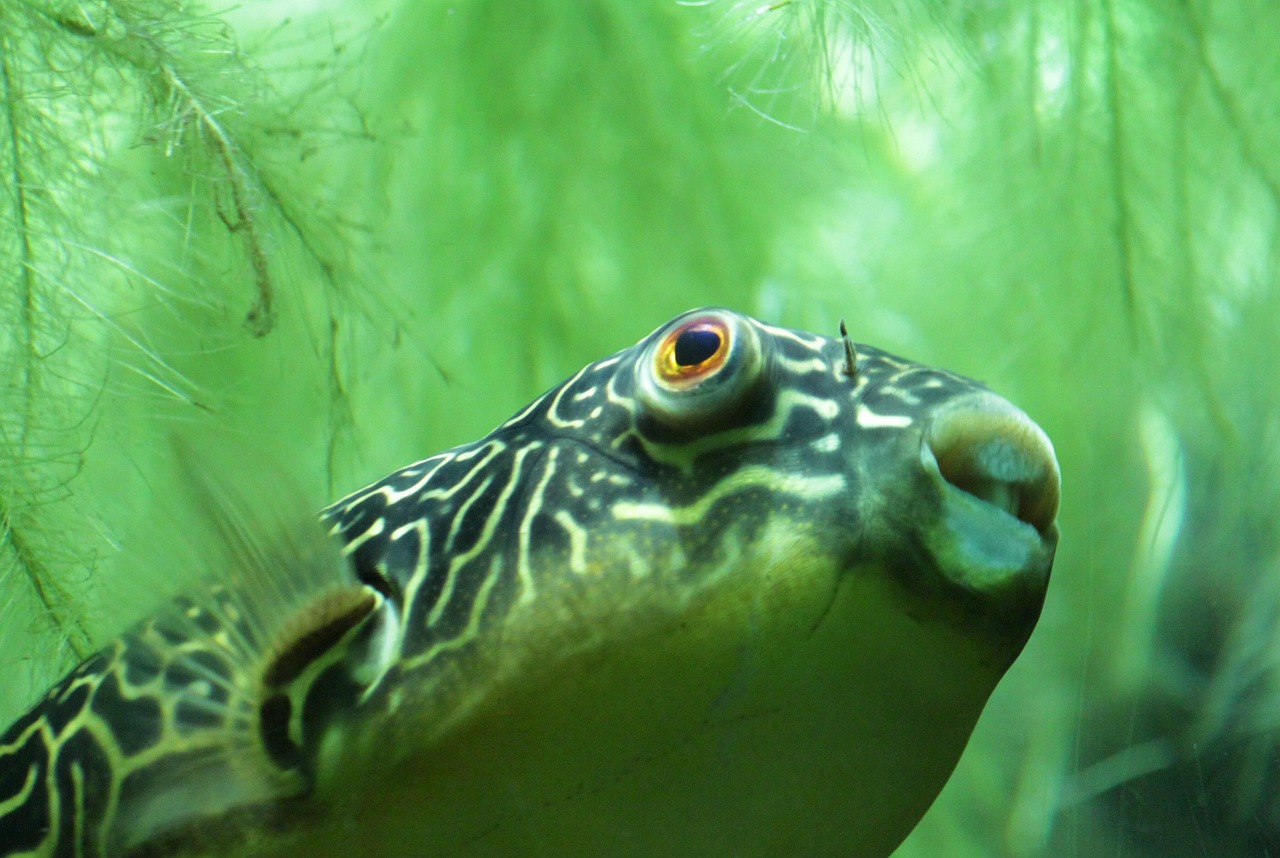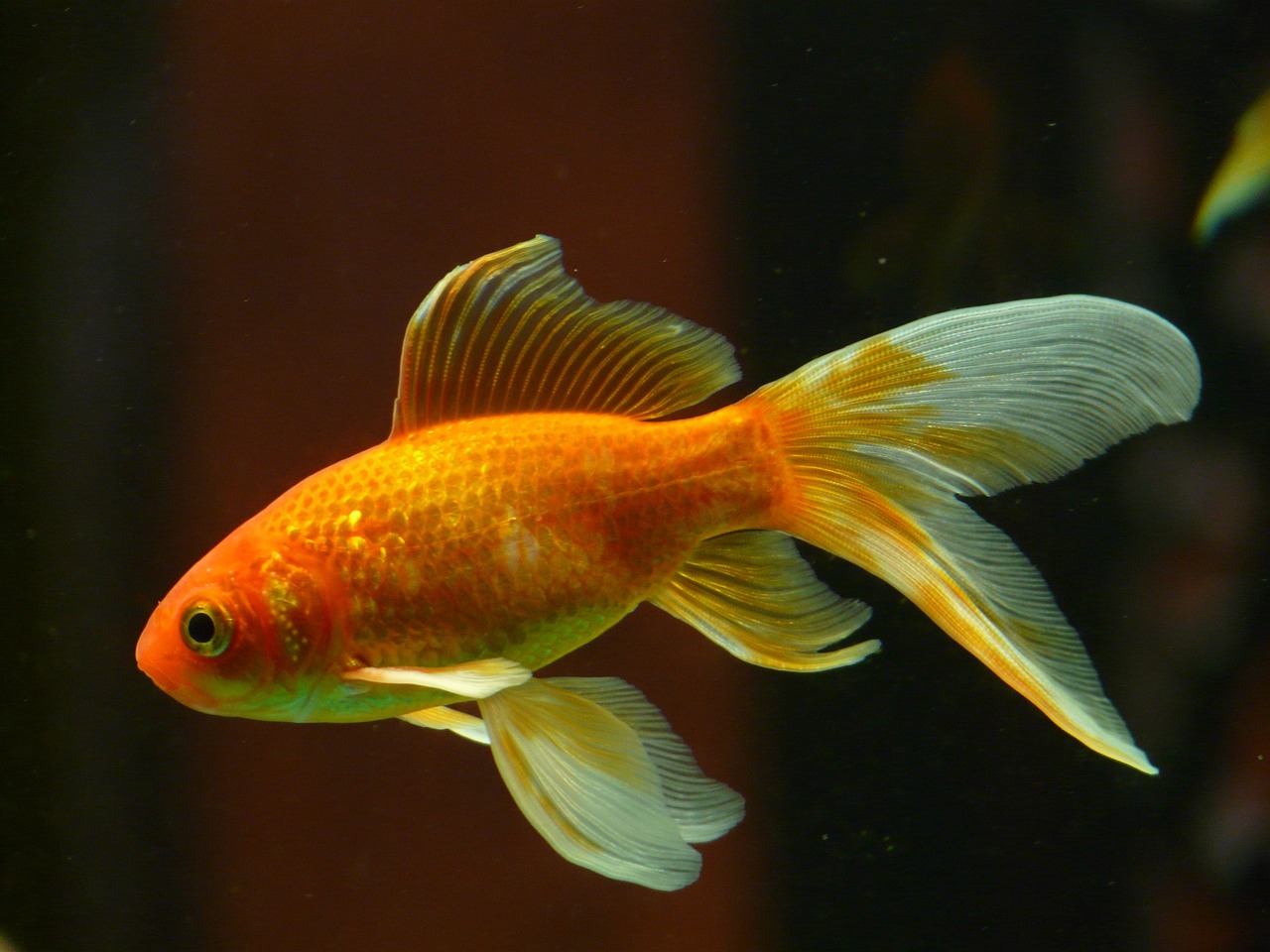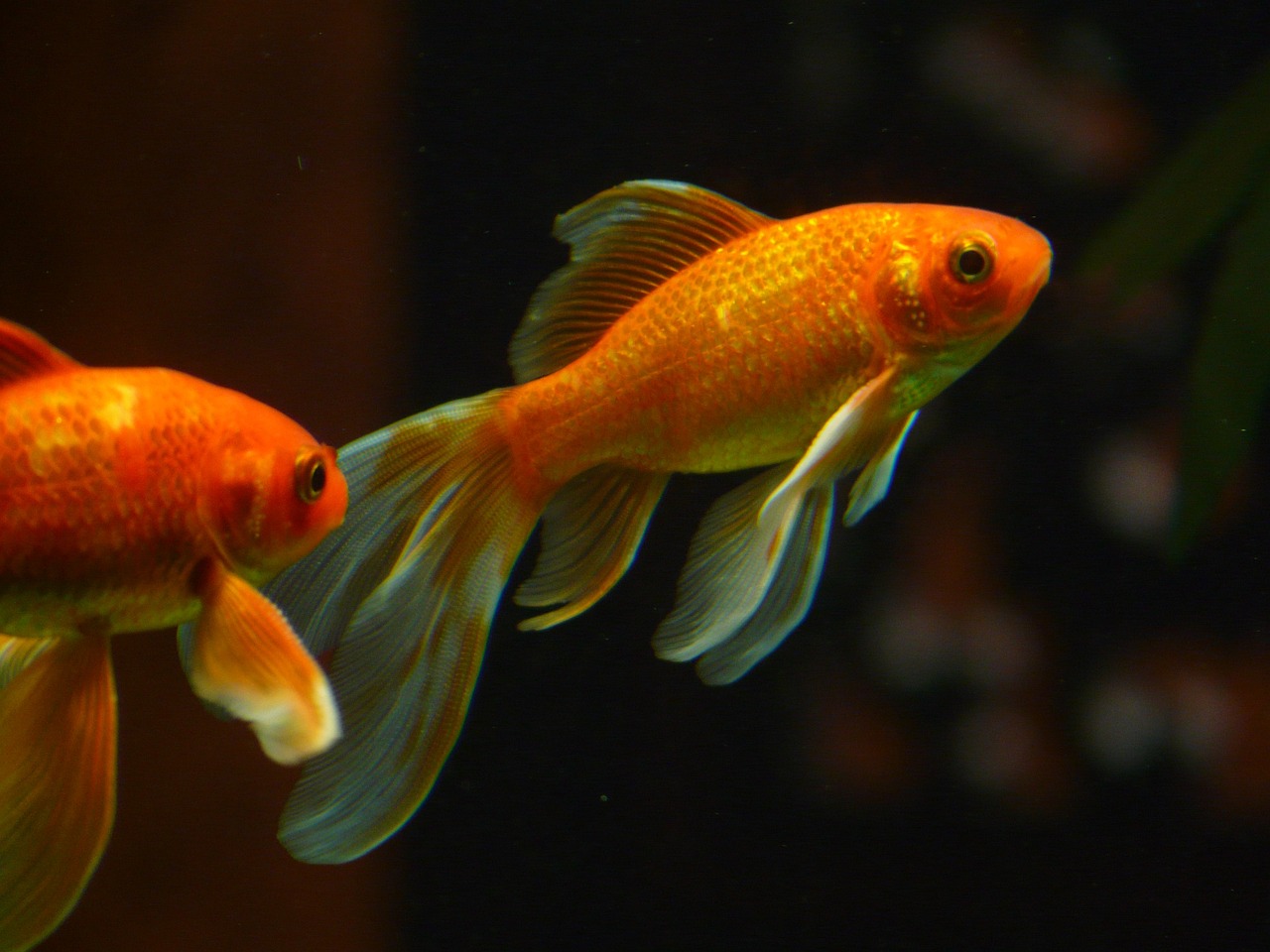Welcome to the enchanting world of aquariums! If you’re a fish enthusiast, a nature lover, or someone keen to start the aquarium hobby, you’re in for a treat. One common challenge every aquarist faces is dealing with algae. Understanding the cause of algae, the different types, and how to treat and prevent them can make your aquarium journey smooth and enjoyable.
Common Causes of Algae in Aquariums
Algae in aquariums is a natural occurrence, often signaling an imbalance in the tank’s ecosystem. The primary causes include:
- Excess Light: Algae thrive in bright light. Overexposure, whether from direct sunlight or prolonged artificial lighting, can fuel algae growth.
- Nutrient Imbalance: High levels of nitrates and phosphates, often from fish waste, overfeeding, or decaying plant matter, provide a perfect breeding ground for algae.
- Inconsistent Maintenance: Irregular water changes and tank cleanings can lead to nutrient build-up, promoting algae proliferation.
- Poor Water Circulation: Stagnant water can create hot spots for algae growth.

Common Types of Aquarium Algae and How to Treat Them
- Green Algae:
- Appearance: Bright green, often found on glass, plants, and decorations.
- Cause: Usually indicates a healthy tank but can get out of hand with excessive light.
- Treatment: Regular cleaning with an algae scraper, reducing light exposure, and introducing algae-eating fish like Siamese algae eaters.
- Brown Algae (Diatoms):
- Appearance: Brown, dusty coating, common in new tanks.
- Cause: High silicate levels and low light.
- Treatment: Wiping surfaces clean, improving lighting, and adding diatom-eating creatures like snails.
- Blue-Green Algae (Cyanobacteria):
- Appearance: Slimy, blue-green sheets.
- Cause: Poor water circulation and high organic waste.
- Treatment: Manual removal, improving water flow, and considering antibiotic treatments if persistent. Boyd Enterprises ChemiClean Red Slime Remover is a not so secret weapon among hobbyists to help combat cyanobacteria. However, it is important to note that, unless the main issue is fixed, for instance constant poor water circulation, cyanobacteria will keep coming back! In this case, a wavemaker, airstones and a good filter with proper circulation may help combat this.
- Black Beard Algae:
- Appearance: Dark, hairy growth on plants and decor.
- Cause: Excess nutrients and poor CO2 levels.
- Treatment: Trimming affected plants, reducing nutrient levels, and using specific algae treatments available in pet stores.
- Hair Algae:
- Appearance: Stringy, hair-like structures.
- Cause: High light and nutrient levels.
- Treatment: Manual removal, reducing light, and adding algae-eaters like Amano shrimp or nerite snails.
Tips and Tricks to Prevent Algae in Your Aquarium
- Balanced Lighting: Aim for 8 hours maximum of light time per day. Use timers to maintain consistency and avoid direct sunlight on your tank.
- Regular Water Changes: Perform weekly water changes of 10-20% to keep nutrient levels in check.
- Proper Feeding: Avoid overfeeding your fish. Feed only what they can consume in a few minutes to prevent excess food from decomposing and contributing to nutrient build-up.
- Live Plants: Incorporate live plants which compete with algae for nutrients, helping to keep algae at bay.
- Algae-Eating Fish and Invertebrates: Introduce species like Otocinclus catfish, Amano shrimp, and nerite snails to naturally control algae. However, do note that they still produce wastes so aquarium upkeep is still important!
- Good Filtration and Circulation: Ensure your filter is appropriate for your tank size and that water is circulating well to prevent stagnant areas.
By understanding the causes of algae, recognizing the different types, and implementing effective treatment and prevention strategies, you can enjoy a beautiful, algae-free aquarium. It is important to recognize and fix the main cause of algae in your aquarium to ensure your aquarium is algae free. Happy fishkeeping!



